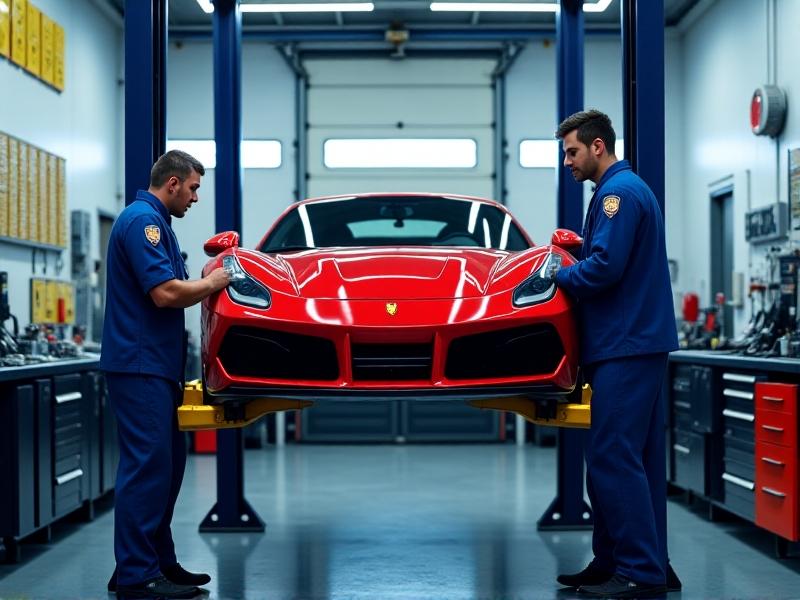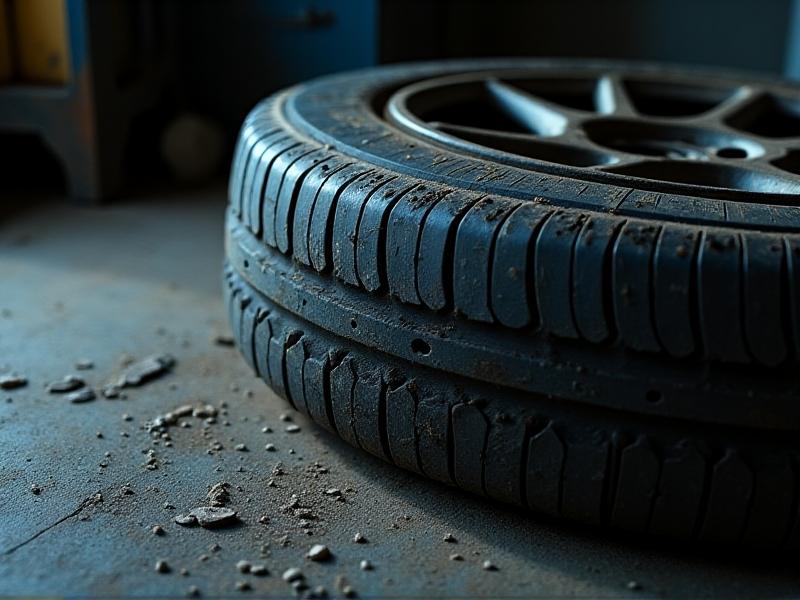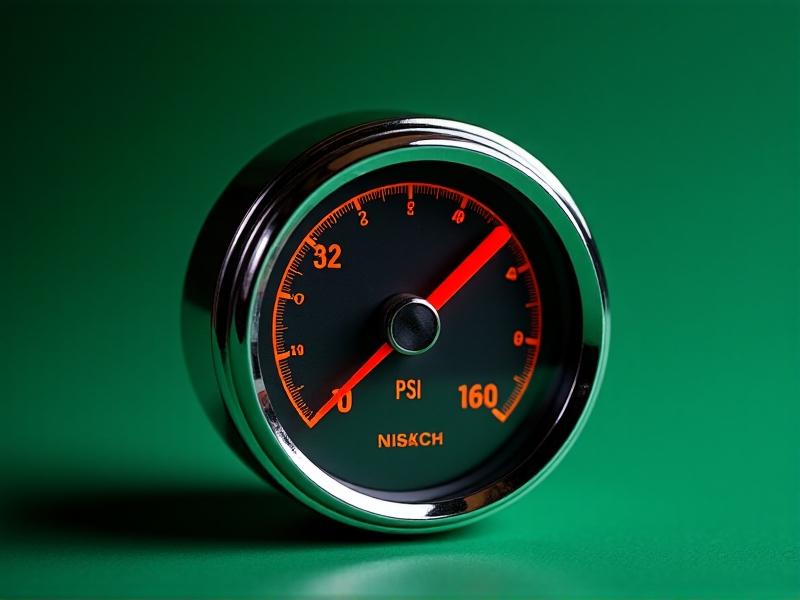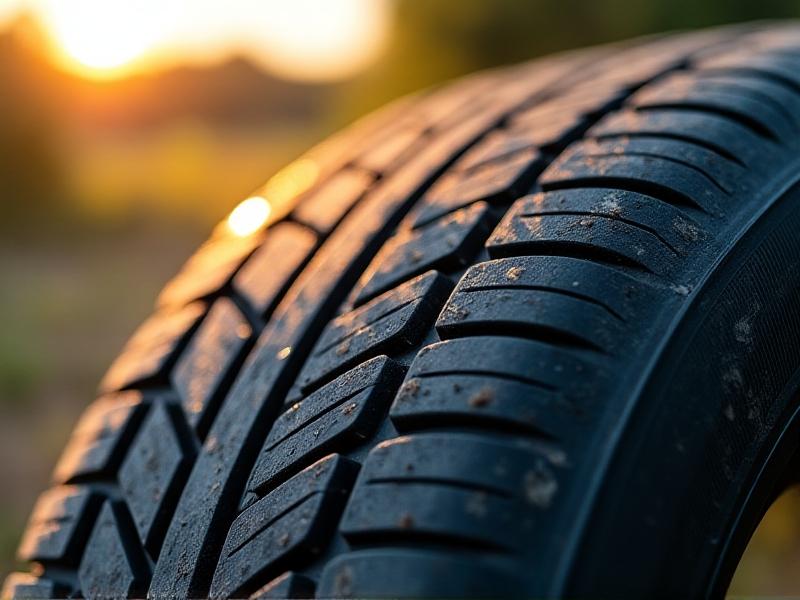```html
Wheel Alignment Indicators: Spotting Problems Before They're Expensive

What Is Wheel Alignment and Why Does It Matter?
Wheel alignment refers to the adjustment of a vehicle's suspension system, which connects the car to its wheels. Proper alignment ensures that tires meet the road at the correct angle, optimizing contact for stability, steering response, and tire longevity. Misalignment occurs when suspension components shift due to everyday wear, potholes, or minor collisions. Over time, even a slight imbalance can lead to uneven tire wear, reduced fuel efficiency, and compromised handling. Understanding alignment isn't just about preserving tires—it's a critical aspect of vehicle safety and performance.
Modern vehicles rely on three primary alignment angles: camber (the inward or outward tilt of the wheel), toe (the direction tires point relative to each other), and caster (the steering axis’s forward or backward tilt). When these angles fall outside manufacturer specifications, drivers may notice subtle changes in how their car behaves. Ignoring these signs can escalate repair costs, as misaligned wheels strain suspension parts and accelerate tire degradation. Regular alignment checks, ideally every 6,000 miles or after impactful events, act as a preventive measure against costly damage.

Common Signs Your Wheels Are Misaligned
One of the earliest indicators of misalignment is a vehicle pulling to one side while driving on a straight, flat road. This tugging sensation often requires constant steering correction, creating driver fatigue. However, pulling can also stem from uneven tire pressure or brake issues, so ruling out these factors is essential. Another red flag is an off-center steering wheel when driving straight. If the logo on your steering wheel tilts left or right despite traveling in a straight line, it’s likely an alignment issue.
Vibrations in the steering wheel or seats at highway speeds may signal alignment problems, though they could also point to tire imbalance or suspension wear. Listen for unusual noises: squealing tires on turns or a faint grinding sound might indicate excessive friction from misaligned wheels. These symptoms often develop gradually, making them easy to overlook until they intensify. Addressing them early prevents cascading damage to other components like ball joints and control arms.

Uneven Tire Wear: The Silent Indicator
Tire tread patterns reveal a wealth of information about alignment health. For instance, excessive wear on the inner or outer edges of a tire often points to incorrect camber angles. Feathering—a sawtooth pattern along tread blocks—suggests improper toe settings. Cupping (scalloped dips in the tread) may indicate worn shocks or struts compounding alignment issues. Regularly inspecting tires every month helps spot these patterns before they worsen.
To perform a quick tread check, run your hand across the tire surface. If it feels smoother in one direction or shows uneven ridges, alignment is likely compromised. Note that underinflated or overinflated tires can mimic similar wear, so always verify tire pressure first. Rotating tires every 5,000 miles promotes even wear but won’t fix underlying alignment flaws. Pair rotations with professional inspections to maximize tire lifespan and safety.

How Wheel Alignment Affects Vehicle Performance
Proper alignment enhances driving dynamics by ensuring predictable handling and responsive steering. Misalignment forces tires to scrub against the road, creating drag that reduces fuel efficiency by up to 10%. This added resistance also accelerates wear on drivetrain components, particularly in all-wheel-drive vehicles. Additionally, poor alignment strains electronic stability control systems, which may intervene more frequently to correct trajectory errors.
In extreme cases, misalignment can alter a vehicle’s weight distribution, affecting braking performance and increasing stopping distances. Off-roading or frequent driving on rough terrain heightens alignment vulnerability, as impacts jolt suspension parts out of position. Even minor misalignment can compromise the effectiveness of advanced driver-assistance systems (ADAS), such as lane-keeping assist, which rely on precise steering angles to function correctly.
The Cost of Ignoring Wheel Alignment Issues
Delaying alignment repairs often leads to exponentially higher expenses. For example, a $100 alignment service might seem optional until uneven wear demands a full set of $800 tires. Severely misaligned wheels can warp brake rotors, damage wheel bearings, or snap tie rods—repairs costing thousands. Suspension components like control arms or struts, designed to last 70,000–100,000 miles, may fail prematurely under chronic misalignment stress.
Indirect costs include reduced fuel economy and lower resale value. Buyers inspecting a used car often check tire condition and steering responsiveness, and visible wear or poor alignment can devalue a vehicle by hundreds or thousands of dollars. For fleet operators or ride-share drivers, frequent alignment checks are a smart investment, minimizing downtime and maximizing operational efficiency.
DIY Checks vs. Professional Alignment Services
While professional alignment is irreplaceable for accuracy, drivers can perform preliminary checks at home. Start by parking on level ground and examining tire tread depth with a gauge or coin. Check steering wheel centering during a straight-line drive on an empty road. Inspect suspension components for visible damage or leaks. However, DIY methods lack the precision of laser or 3D imaging equipment used in shops, which measure angles to fractions of a degree.
Professional services also account for manufacturer-specific settings, which vary by make, model, and even trim level due to weight differences. Post-alignment test drives ensure adjustments hold under real-world conditions. For modified vehicles—such as those with lifted suspensions or aftermarket wheels—specialized alignment may be necessary to accommodate changes in geometry.
Choosing the Right Wheel Alignment Service Center
Not all alignment services are equal. Look for shops with certified technicians and up-to-date equipment, such as 3D imaging systems. Ask if they perform a pre-alignment inspection to check for worn parts that could undermine adjustments. Read reviews to gauge consistency—some centers prioritize speed over thoroughness, leading to repeat visits. Dealerships often have brand-specific expertise but may charge premium rates; independent shops might offer competitive pricing without compromising quality.
Inquire about warranties: reputable providers often guarantee alignment work for 6–12 months. Avoid centers that skip test drives or neglect to show you before-and-after reports. For hybrid or electric vehicles, confirm the shop has experience with their unique weight distributions and suspension designs. A trustworthy provider educates customers on maintenance schedules rather than upselling unnecessary services.
Staying Ahead of Alignment Issues
Proactive maintenance transforms wheel alignment from a reactive expense into a strategic safeguard. Incorporate alignment checks into routine service intervals, especially after events like hitting curbs or traversing construction zones. Consider investing in road hazard warranties or tire protection plans that include alignment coverage. Educate yourself on your vehicle’s specific alignment needs—consult the owner’s manual or online forums for model-year-specific advice.
Technological advancements, like TPMS (Tire Pressure Monitoring Systems) and onboard diagnostics, provide early warnings but can’t replace physical inspections. Pair these tools with mindful driving habits: avoid potholes when possible, slow down for speed bumps, and curb park gently. By treating alignment as integral to vehicle health, drivers protect their investment and ensure safer, smoother journeys.



